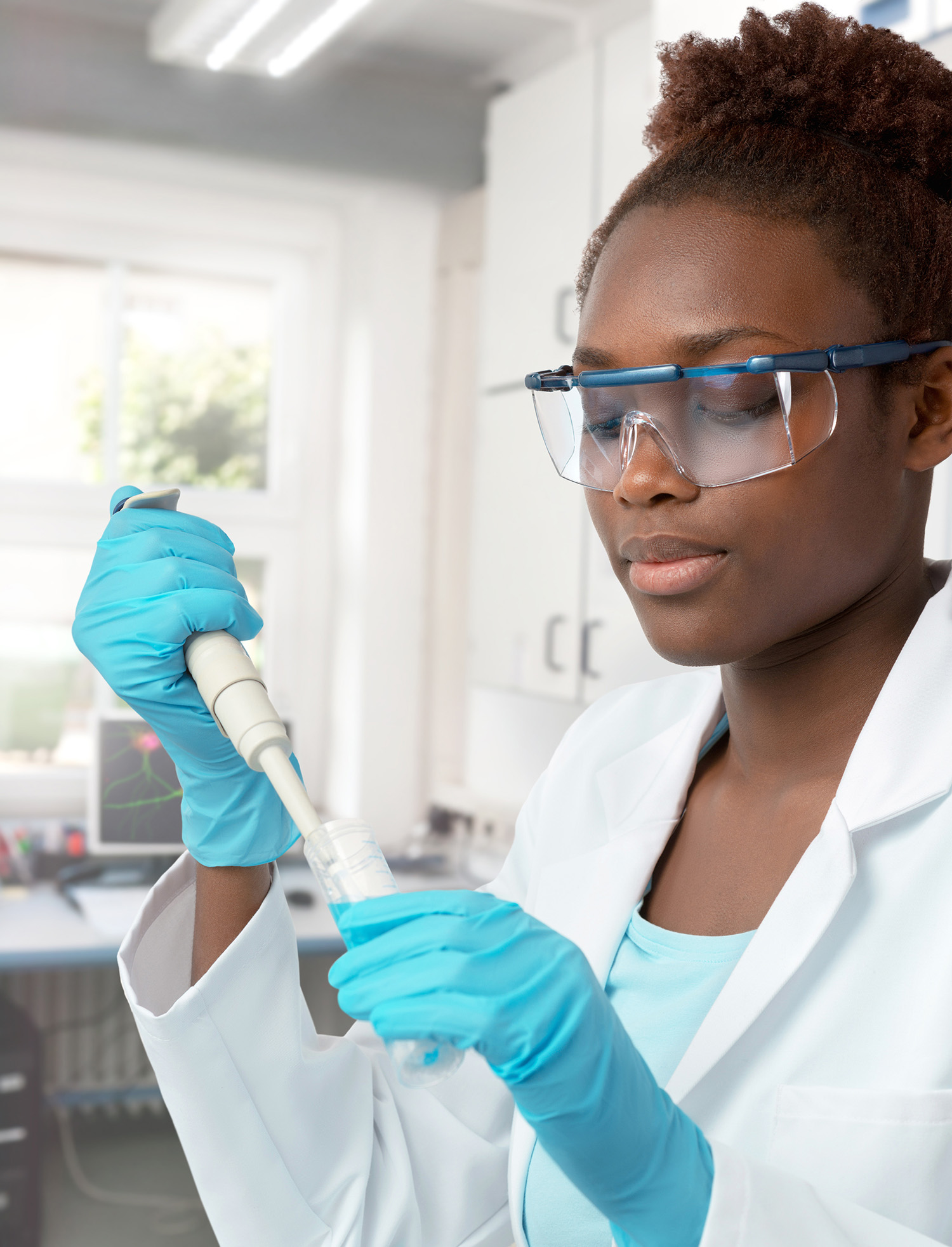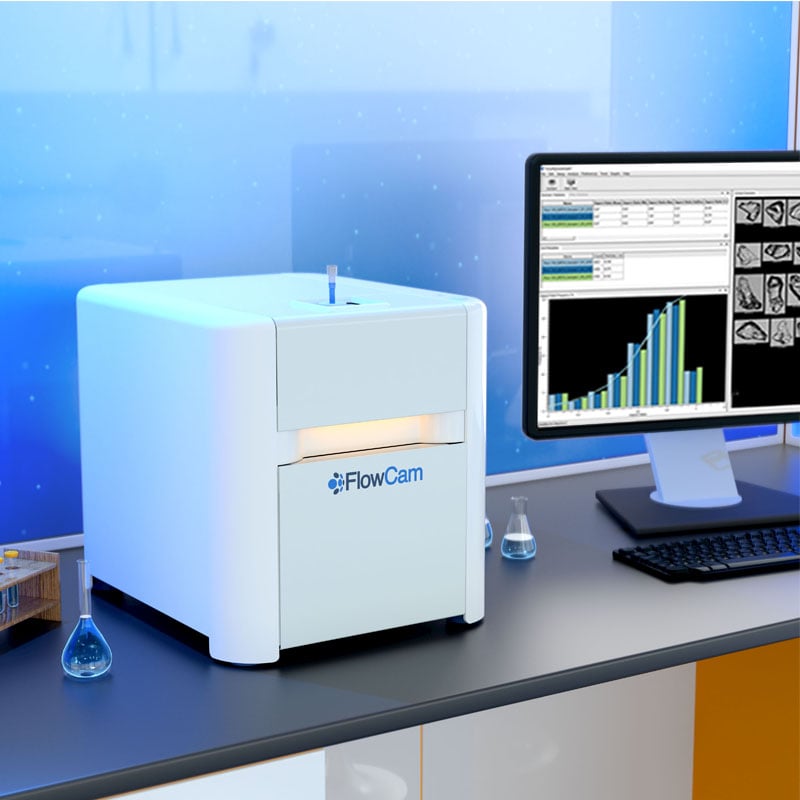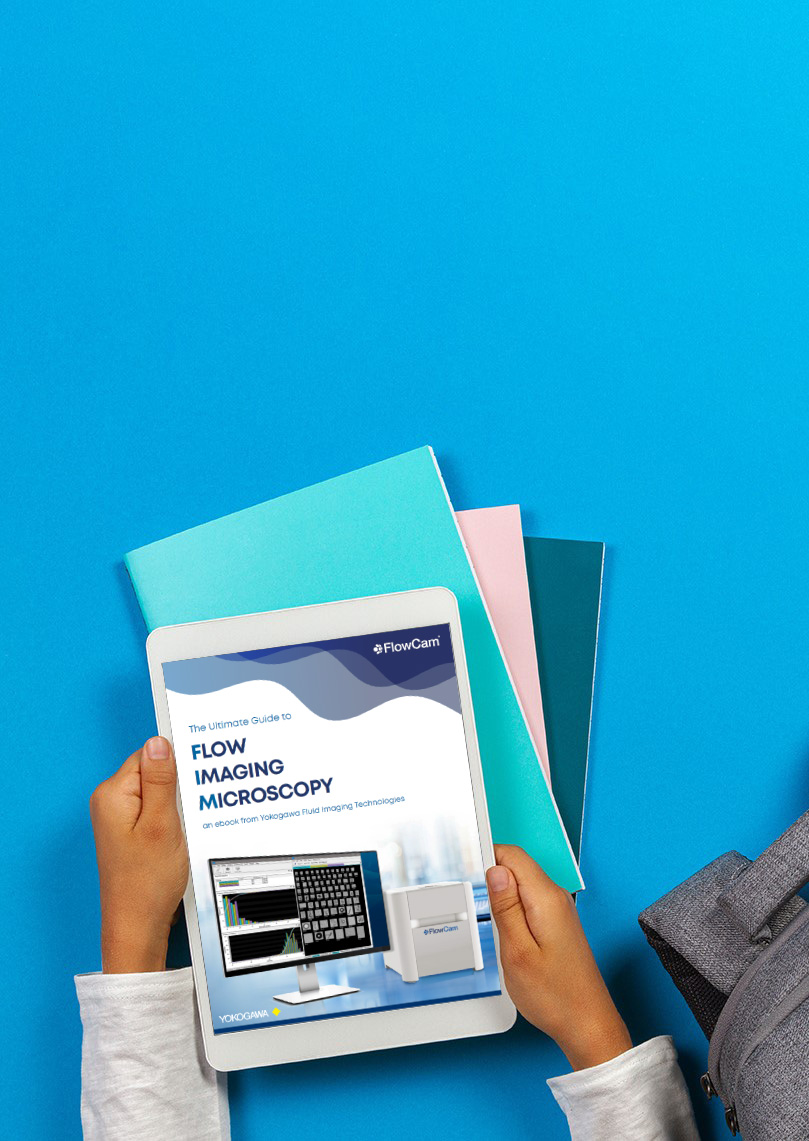
When it comes to flow imaging microscopy, data quality begins with your particle images. That's why VisualSpreadsheet® software gives users the …
Read Post

Scientists using FlowCam in biopharmaceutical research need to accurately assess many diverse particle types that may be present in their samples. …
Read Post
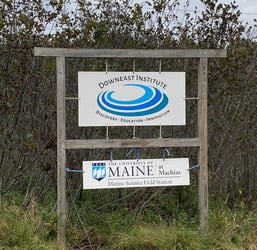
FlowCam Brings Automation to Shellfish Research Hatcheries Nestled ashore at Black Duck Cove on Great Wass Island, the Downeast Institute for Applied …
Read Post

The FlowCam Student Equipment Grant has helped many graduate students complete their research. Beyond being awarded the use of a FlowCam instrument, …
Read Post
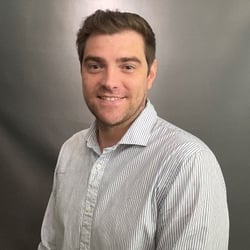
We recently spoke with Dr. Adam Hawkins, a Postdoctoral Fellow at the Frederick Smith School of Chemical and Biomolecular Engineering at Cornell …
Read Post
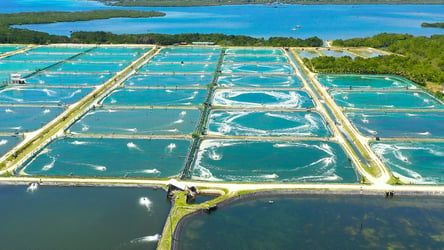
Aquaculture ponds are crucial for sustainable fish farming, providing controlled environments to enhance fish growth, maintain water quality, and …
Read Post
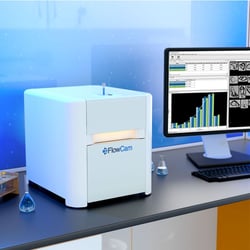
Flow Imaging Microscopy is a fast and automated method to see highly-resolved digital images of microscopic particles in a flowing liquid. Using …
Read Post
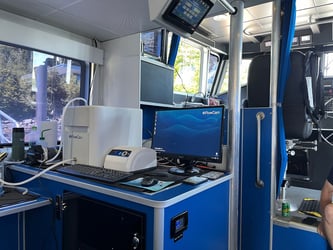
Cruising from station to station in the quiet mouth of the Damariscotta River, zooplankton ecologists at the Bigelow Laboratory for Ocean Sciences …
Read Post
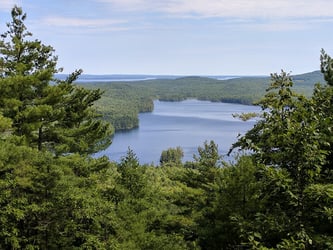
We recently connected with Ben Peierls, Research Director, and Maggie Welch, Staff Limnologistat Lakes Environmental Association in Bridgton, …
Read Post
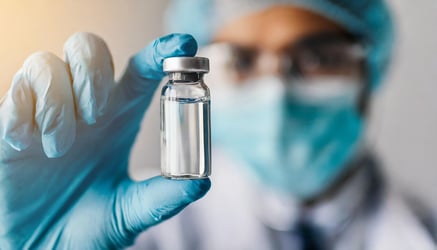
Protein aggregates in protein therapies can be difficult to monitor and measure in protein formulations due to their high transparency and irregular …
Read Post
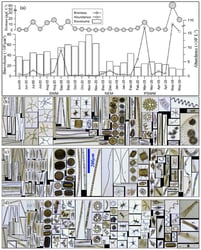
Researchers Karnan et al. have recently published the results of a study performed from 2013-14 in Estuarine, Coastal and Shelf Science. Their paper, …
Read Post

Strategies for monitoring subvisible particles in biopharmaceutical formulations are central to developing and manufacturing safe, effective drug …
Read Post
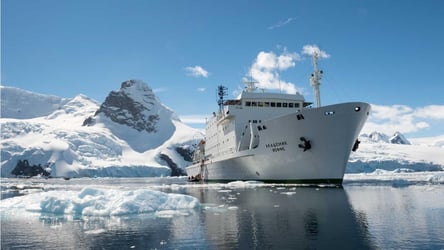
One Ocean Expeditions' vessel, Akademik Loffe, took FlowCam on a 22 day cruise with a team of scientists, students, and a film crew to study the …
Read Post


